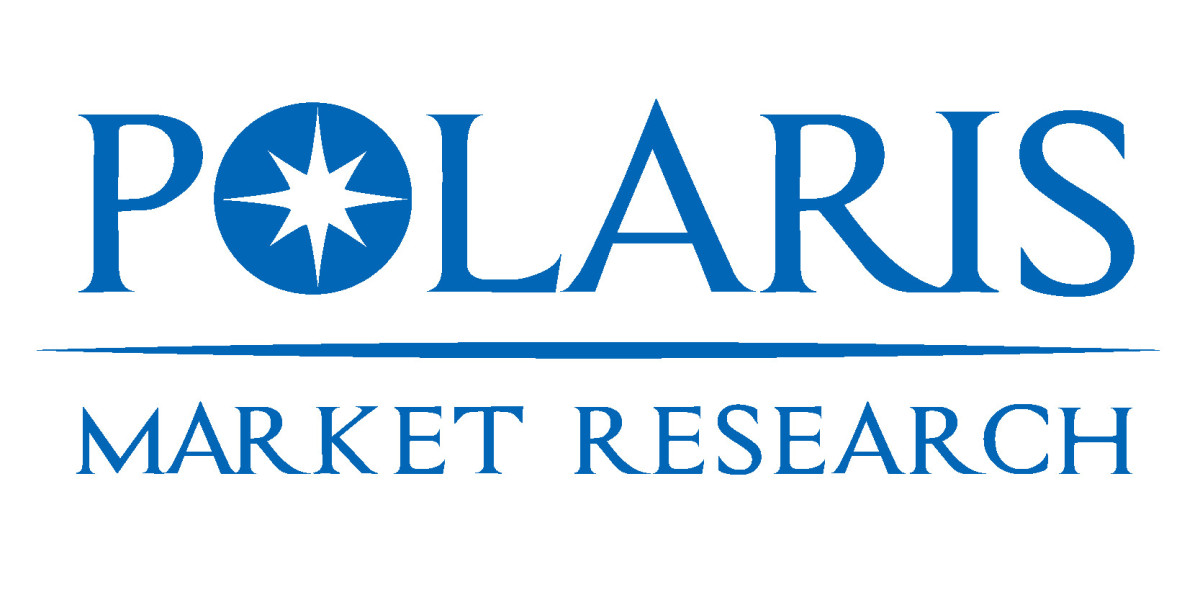The U.S. lumbar spine cages market size was valued at USD 407.50 million in 2024, growing at a CAGR of 4.1% from 2025 to 2034.The U.S. lumbar spine cages market is experiencing notable growth, propelled by the increasing prevalence of spinal disorders, advancements in minimally invasive surgical techniques, and the rising adoption of innovative spinal implants. Lumbar spine cages, also known as interbody fusion devices, play a critical role in spinal fusion surgeries by providing structural support and facilitating bone growth between vertebrae. These devices have become a cornerstone in the treatment of degenerative disc diseases, spondylolisthesis, and spinal instability, contributing to enhanced patient outcomes and reduced recovery times.
Market Overview
The market for lumbar spine cages in the U.S. is characterized by strong demand for advanced surgical solutions that improve patient quality of life. Increasing awareness among patients and healthcare providers about the benefits of spinal fusion surgeries has further fueled market growth. The adoption of innovative materials, such as PEEK (polyether ether ketone), titanium, and composite materials, has improved the biocompatibility, durability, and radiolucency of lumbar cages, allowing surgeons to achieve better surgical precision and postoperative results.
Moreover, the growing preference for minimally invasive spinal surgeries has intensified the demand for lumbar cages that are designed to optimize surgical outcomes while minimizing trauma to surrounding tissues. Surgeons increasingly prefer implants that offer enhanced anatomical fit, improved biomechanical stability, and compatibility with advanced imaging techniques.
Market Segmentation
The U.S. lumbar spine cages market can be segmented based on product type, material, application, and end-user.
By Product Type: The market is broadly divided into standalone cages and non-standalone cages. Standalone cages, which do not require additional fixation devices, are gaining traction due to their ease of implantation and reduced surgical time. Non-standalone cages, often used with screws and plates, continue to hold a significant share due to their suitability for complex spinal fusions.
By Material: Key materials used in lumbar spine cages include PEEK, titanium, and bioresorbable composites. PEEK-based cages are preferred for their radiolucent properties, allowing better postoperative imaging. Titanium cages are known for their mechanical strength and osseointegration capabilities, while bioresorbable composites offer the advantage of gradually transferring load to the fused vertebrae, reducing stress shielding.
By Application: The market applications primarily encompass degenerative disc disease, spondylolisthesis, spinal stenosis, and trauma. Degenerative disc disease remains the leading indication for lumbar fusion surgeries, accounting for the highest adoption of lumbar cages.
By End-User: Hospitals, specialty spine clinics, and ambulatory surgical centers constitute the major end-users. Hospitals dominate the market due to higher surgical volumes, advanced infrastructure, and the availability of skilled orthopedic and neurosurgical specialists. However, the increasing trend toward outpatient spinal procedures is driving growth in ambulatory surgical centers.
Key Market Drivers
Several factors are driving the growth of the lumbar spine cages market in the U.S.:
Rising Prevalence of Spinal Disorders: Increasing cases of degenerative spine diseases, obesity-related spinal complications, and age-related spinal degeneration are driving the demand for spinal fusion surgeries and lumbar cages.
Technological Advancements: Innovations in implant design, including expandable cages, 3D-printed customized implants, and surface modifications for enhanced bone growth, are boosting market adoption.
Minimally Invasive Surgery Adoption: Surgeons’ preference for minimally invasive techniques reduces hospitalization time, lowers surgical risks, and accelerates recovery, thereby increasing the use of lumbar cages compatible with such procedures.
Improved Patient Outcomes: Lumbar spine cages provide enhanced spinal stability, maintain disc height, and reduce the risk of pseudarthrosis, contributing to better postoperative outcomes and patient satisfaction.
Browse More Insights :
https://www.polarismarketresearch.com/industry-analysis/us-lumbar-spine-cages-market
Market Challenges
Despite the promising growth prospects, the market faces several challenges:
High Cost of Implants: The cost of advanced lumbar cages may limit access for certain patient groups, particularly in smaller healthcare facilities.
Regulatory and Reimbursement Barriers: Stringent regulatory approvals and varying reimbursement policies in different states can delay market entry for new products.
Surgical Complications: Risks associated with spinal surgeries, including infection, implant migration, or non-union, may affect market perception and adoption rates.
Regional Analysis
The U.S. remains a dominant market for lumbar spine cages due to a robust healthcare infrastructure, high surgical volumes, and significant investment in research and development of spinal devices. Key regions contributing to market growth include:
North-East and Mid-Atlantic Regions: These regions report high adoption rates of advanced spinal surgeries due to the presence of specialized spine centers and leading medical institutions.
West Coast: The West Coast exhibits strong demand for minimally invasive spinal surgeries, driven by a tech-savvy population and early adoption of innovative surgical technologies.
South and Midwest: These regions are witnessing gradual growth due to increasing awareness of spinal health, rising insurance coverage, and expanding hospital networks.
Competitive Landscape
The U.S. lumbar spine cages market is highly competitive, characterized by ongoing research, strategic collaborations, and product innovations. Key players focus on developing advanced implants, expanding product portfolios, and enhancing surgeon training programs to capture market share. Continuous investment in research and development, coupled with strategic partnerships with hospitals and surgical centers, is expected to strengthen the market presence of leading companies.
Future Outlook
The outlook for the U.S. lumbar spine cages market remains highly optimistic. Technological advancements, including the development of patient-specific implants, bioactive coatings, and expandable cages, are expected to reshape the market landscape. Increasing demand for minimally invasive spinal procedures, rising geriatric population, and growing prevalence of spinal disorders will continue to fuel market growth.
Moreover, ongoing clinical trials, collaborations between medical device companies and research institutions, and favorable government initiatives to promote spinal health are likely to open new growth avenues. The convergence of innovation, patient-centric care, and surgical advancements positions the U.S. lumbar spine cages market for sustained growth in the coming years.
Conclusion
The U.S. Lumbar Spine Cages market is witnessing rapid expansion, driven by technological innovation, rising prevalence of spinal disorders, and the increasing adoption of minimally invasive surgical techniques. Despite challenges related to cost and regulatory barriers, the market is poised for significant growth due to continued research, product development, and rising patient awareness. With a focus on improved surgical outcomes and patient satisfaction, lumbar spine cages are expected to remain a key component in the treatment of spinal disorders, reinforcing their importance in modern orthopedic and neurosurgical practice.
LSI Keywords: spinal fusion implants, interbody fusion devices, degenerative disc disease treatment, minimally invasive spinal surgery.
More Trending Latest Reports By Polaris Market Research:
Laparoscopic Retrieval Bag Market
Hydrogen Fuel Cell Vehicles Market
Healthcare Discount Plan Market








